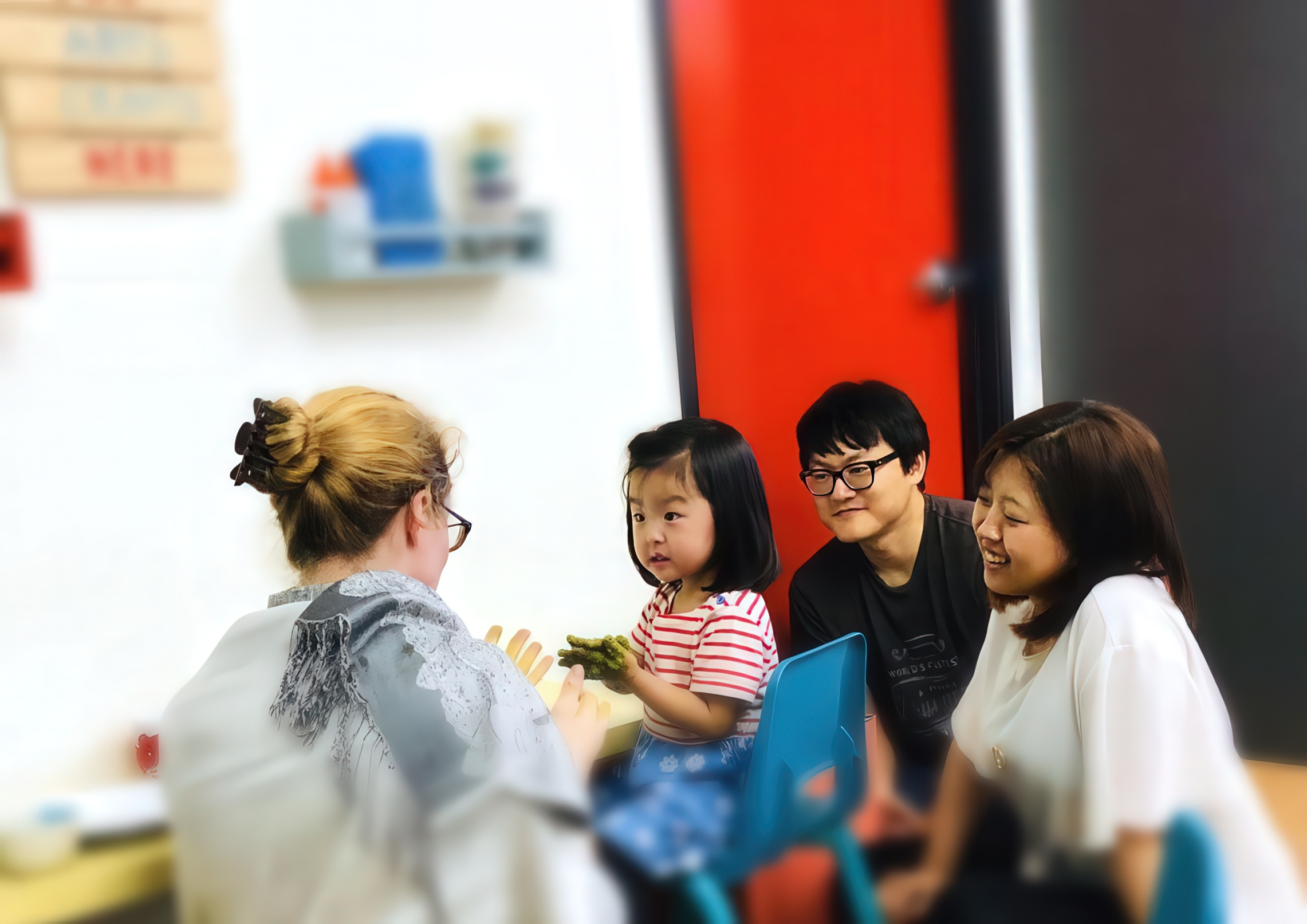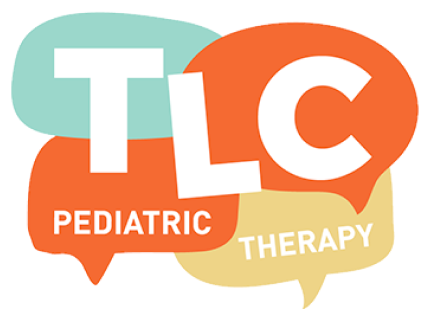One area of TLC’s clinical expertise is a specialized framework for intervention with children with an ASD and other developmental disabilities, and their families. The Social Communication, Emotional Regulation and Transactional Support (SCERTS) Model is an evidence-based approach to address the most significant challenges experienced by people with an ASD. Recognizing the unique features, strengths, behaviors and challenges of people with ASD, the SCERTS model focuses on understanding the need for some of those behaviors and what the child is trying to express, not just seek to manage or terminate the behavior that is perceived as abnormal.
Social Communication, Emotional Regulation and Transactional Support – the SCERTS Model

From the SCERTS website, the unique and individual components of SCERTS are:
- “SC” – Social Communication – the development of spontaneous, functional communication, emotional expression and secure and trusting relationships with children and adults.
- “ER” – Emotional Regulation – the development of the ability to maintain a well-regulated emotional state to cope with everyday stress, and to be most available for learning and interacting.
- “TS” – Transactional Support – the development and implementation of supports to help partners respond to the person’s needs and interests, modify the environment, and provide tools to enhance learning. Specific plans are developed to provide educational and emotional support to families, and to foster teamwork among professionals.
As with all elements of TLC’s care delivery system, SCERTS is a strengths-based approach that builds on the strengths of a child, and his family. A primary focus of this family centered model is developing the skills and confidence of parents and family members to facilitate and progress an individual’s development while completing daily routines. A unique feature of the SCERTS model is that it is a lifecourse approach, meaning its framework can be adapted and applied across unique life phases, when a child transitions from early childhood to school age or to an alternate living environment, for example. This allows a family to become comfortable with an approach that will contribute to long term progression of skills and independence.
The SCERTS plan is developed with goals, strategies and supports that are functional and meaningful to each individual and are contextualized to the natural environments of the individual – be it home, school, community or vocational setting. The SCERTS model facilitates the development of automatic skills, referred to as the “authentic process.” This allows a child to be able to automatically apply a skill within various settings and amongst different people, without needing a specific and direct request to employ that skill. The SCERTS model excels within a team approach and the team of TLC clinicians apply it with parent participation across treatment settings to experience a cumulative impact on a child’s progress.


